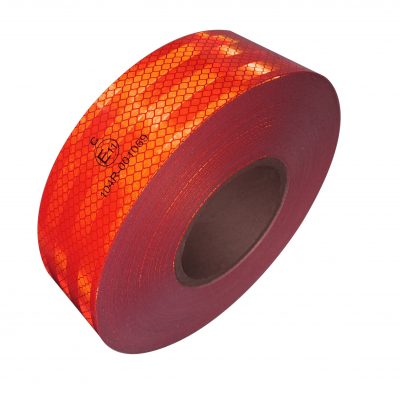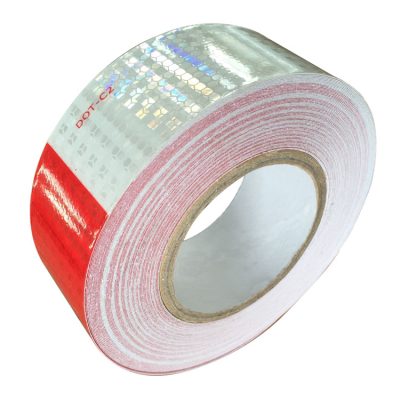Traffic lights bring convenience to our lives, and at the same time ensure our personal safety to a certain extent. But now there is a problem that is exposed under our noses, that is, the heat dissipation problem of the equipment’s lighting. Poor heat dissipation will cause the driving power supply and electrolytic capacitors to become a stumbling block to the further development of the equipment, and it is also the cause of the premature aging of the light source. Only by quickly dissipating the heat can it help to reduce the temperature of the cavity in the lamp, protect the power supply from long-term operation in a high-temperature environment and reduce the problem of premature aging. If the traffic signal light has a radiator, it may be possible to reduce this problem. So what is it?
1. Because the traffic signal light source itself does not have infrared or ultraviolet rays, the light source itself has no radiant heat dissipation function, and the heat dissipation path of the lighting fixture can only derive its heat through the radiator close to the lamp bead plate-therefore the radiator It is necessary to have the functions of heat conduction, heat convection, and heat radiation.
2. Most traffic signal lights still use low voltage (VF=3.2V) and high current (IF=200-700mA) lamp beads. Because of the high heat during operation, it is necessary to use aluminum alloy with higher thermal conductivity. .
Generally speaking, there are die-cast aluminum radiators, stamped aluminum radiators, and kneaded aluminum radiators. The die-cast aluminum radiator is a kind of die-casting parts technology. It can pour liquid zinc-copper-aluminum alloy into the inlet of the die-casting machine, and plan the radiator with the shape limited by the die after die-casting by the die-casting machine.
3. In addition to being able to quickly conduct heat from the heat source to the surface of the traffic signal light radiator, any radiator mainly relies on convection and radiation to dissipate the heat into the air; heat conduction only deals with the way of heat transfer, The heat convection is the main function of the radiator, and the heat dissipation function is mainly determined by the heat dissipation area, shape, and natural convection intensity. Therefore, the heat radiation is only an auxiliary function.
Generally speaking, if the distance between the heat source and the surface of the radiator is less than 5mm, the heat can be exported only when the thermal conductivity of the material is greater than 5, and other heat dissipation needs to be dominated by thermal convection.
























